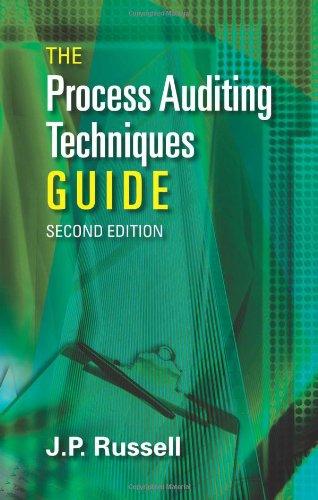Data Table Selling price for final product Long-run average selling price for intermediate product Incremental cost per unit for completion in division B Incremental cost per unit in division A 280 160 170 100 The manager of division B has made the following calculation Selling price for final product Transferred-in cost per unit (market) Incremental cost per unit for completion Contribution (loss) on product 280 160 170 330 (50) Print Done Mountaineer, Inc., has two divisions, A and B, that manufacture expensive bicycles. Division A produces the bicycle frame, and division B assembles the rest of the bicycle onto the frame. There is a market for both the subassembly and the final product. Each division has been designated as a profit center. The transfer price for the subassembly has been set at the long-run average market price. The following data are available for each division: EEB (Click to view the data.) Read the requirements. Requirement 1. Should transfers be made to division B if there is no unused capacity in division A? Is the market price the correct transfer price? Show your Begin by calculating the gain or loss if transfers are made to division B when there is no unused capacity in division A. Select the formula you will use and enter the amounts. (Use parentheses or a minus sign for a loss.) Gain (loss) from transfer Should transfers be made to division B if there is no unused capacity in division A? Select the formula you will use to calculate the correct transfer price. Minimum transfer price Is the market price the correct transfer price? Requirement 2. Assume that division A's maximum capacity for this product is 2,000 units per month and sales to the intermediate market are now 1,200 units Assume that for a variety of reasons, division A will maintain the $160 selling price indefinitely. That is, division A is not considering lowering the price to outsiders even if idle capacity exists. Should 800 units be transferred to division B? At what transfer price? Should 800 units be transferred to division B? At what transfer price? Requirement 3. Suppose division A quoted a transfer price of $110 for up to 800 units. What would be the contribution to the company as a whole if a transfer were made? As manager of division B, would you be inclined to buy at $1107 Explain. The contribution to the company as a whole if a transfer were made would be $ Complete the table below using the transfer price of $110 to compute the contribution margin to division B. (Use parentheses or a minus sign for a loss. For amounts with a $0 balance, make sure to enter "0" in the appropriate cell) Selling price for final product Transferred-in cost per unit (market) Incremental cost per unit for completion Contribution margin (oss) on product As manager of division B, would you be inclined to buy at $110 Requirement 4. Suppose the manager of division A has the option of (a) cutting the external price to $156, with the certainty that sales will rise to 2,000 units, or (b) maintaining the external price of $160 for the 1,200 units and transferring the 800 units to division B at a price that would produce the same operating income for division A. What transfer price would produce the same operating income for division A? Is that price consistent with that recommended by the general guideline so that the resulting decision would be desirable for the company as a whole? Select the formula to calculate the minimum transfer price, then calculate the minimum transfer price. Minimum transfer price The priceconsistent with the general guidelines based on









